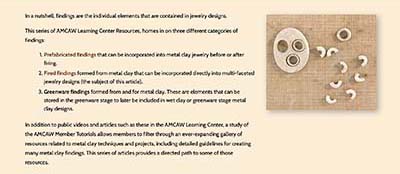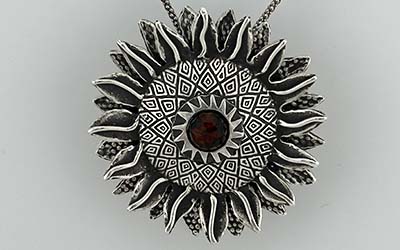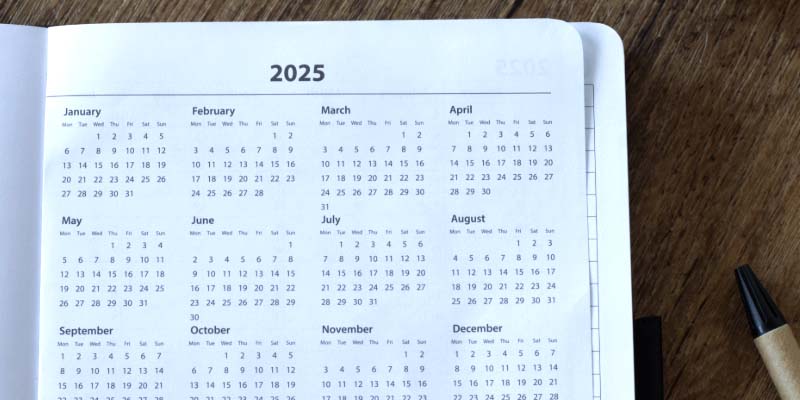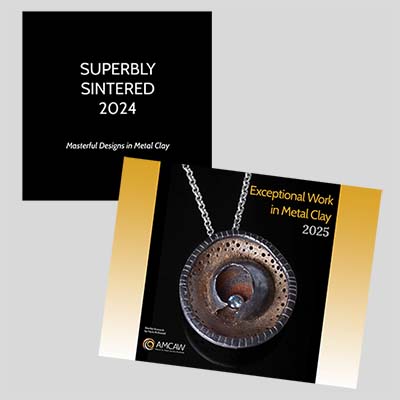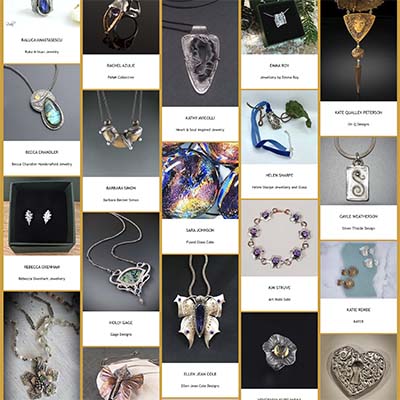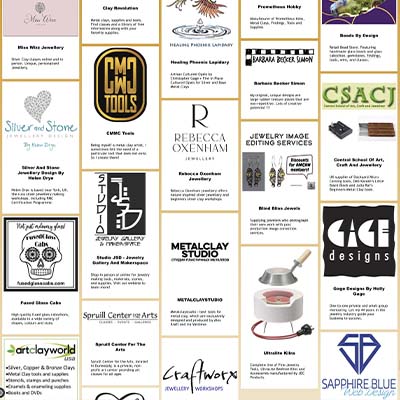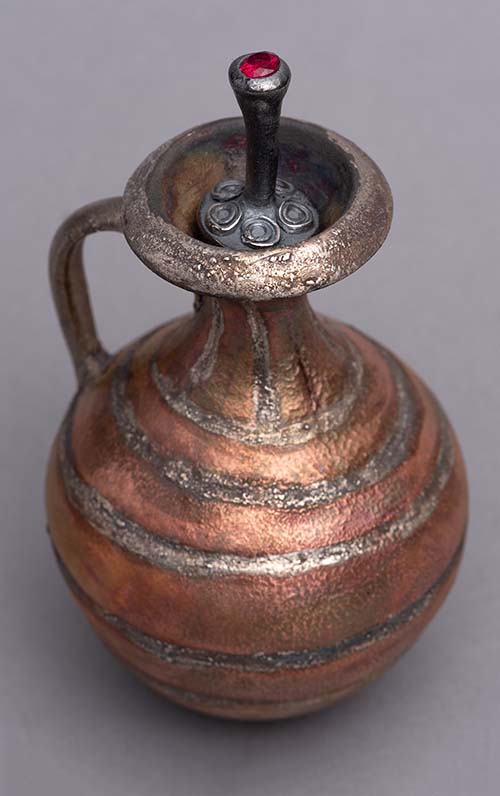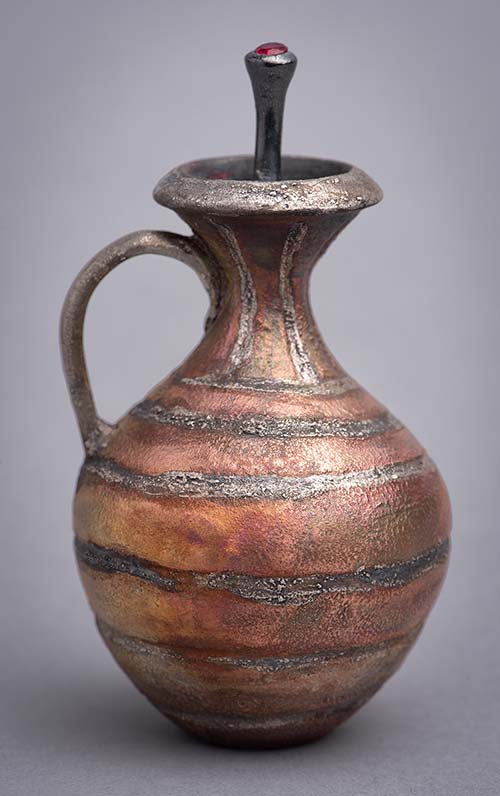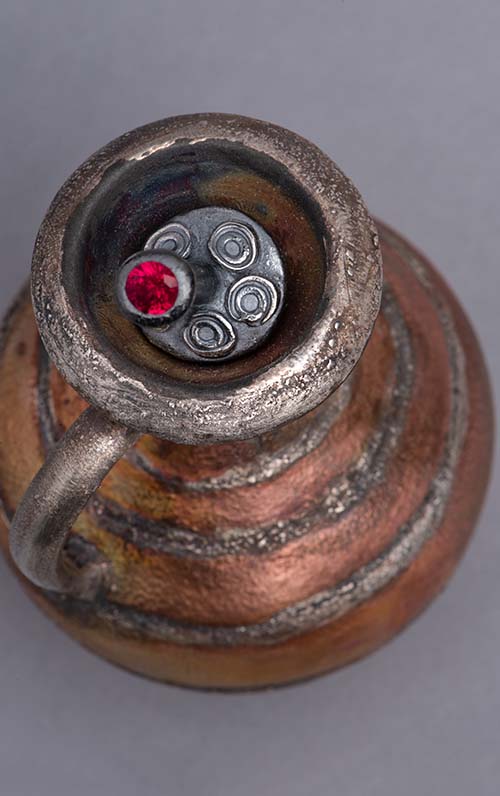Unguentarium
Porcelain and fine silver vase decorated with a copper glaze and silver paste. Lid of fine silver and cubic zirconia. Raku fired.
Height: 10 cm
Weight 102.7 grams
Inspiration
As a potter and student of the history of ceramics, I have long admired the shapes and contours of ancient Greek and Roman pottery. I am especially intrigued by containers of all types and love the bulbous shapes of the smallish bottles used to hold perfumes and medicinal oils. While these classical shapes have a sense of orderliness and stability, I like pairing them with the unpredictable and varied colors produced by Raku firing.
Techniques
I am passionate about process—almost to the point of caring more about it than the resulting piece. I love exploring different materials, how they work, and especially how they can be put together. Here I’ve combined a porcelain vase with a silver handle. The lid is silver. To make the vase, it was thrown on the potters wheel, trimmed and bisque fired to 1832º F. Next, the vase was gazed with a copper matte glaze. The glaze is formulated almost entirely from copper oxide with only a little bentonite and borax to help it stick to the pot. In order to fully develop, it must be fired to 1900º F. It was fired on an open kiln shelf and turned entirely black—the way base metal clays turn black when the binder is burned out during the first firing.
Next the silver handle was made, fired, and attached to the vase. Since metal will not readily stick to clay, I used a mixture of 1 part porcelain slip, 1 part fine silver slip, and 1 part borax as a glue. It is a mixture that securely attaches metal clay to porcelain which I have tested for durability in my tumbler. Decorative lines of silver paste were painted on over the slip/borax mixture.
The vase was Raku fired. A process dating back to 16th century Japan, Western potters adapted and transformed it in the 1960s. The pot was placed in a kiln set to 1650º F for approximately 30 minutes until the pot glowed red and the glaze looked shiny. It was then placed in a container with a little denatured alcohol and allowed to flame up. The container was covered and the pot was allowed to cool in the carbon filled atmosphere of the container. The metallic colors of copper, smoky patches, and darker areas where the copper and silver interact were created during this post firing reduction process.
Materials
Porcelain
Fine silver clay
Copper glaze
Cubic Zirconia

